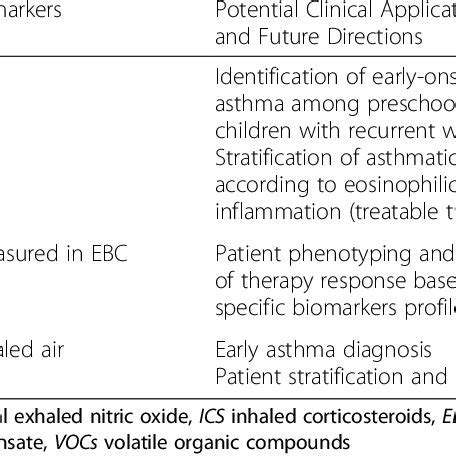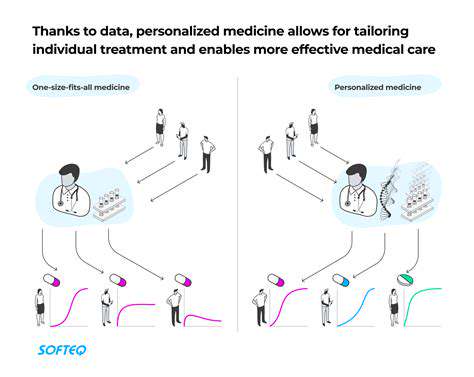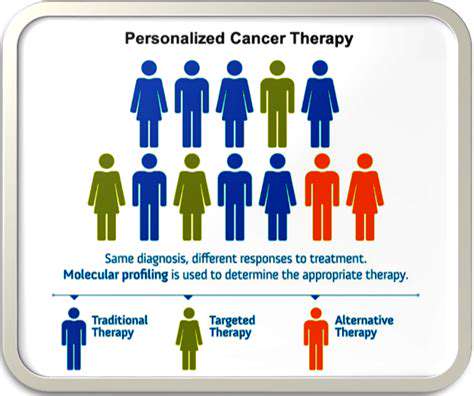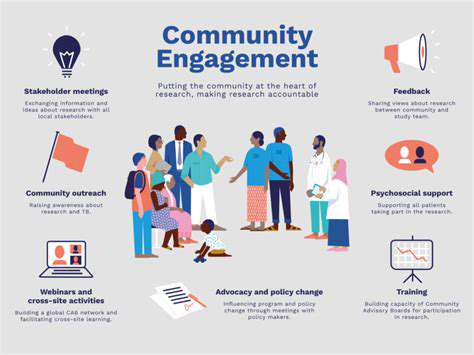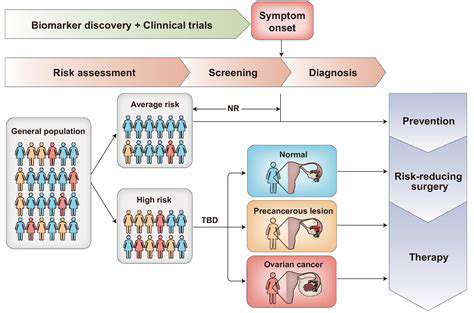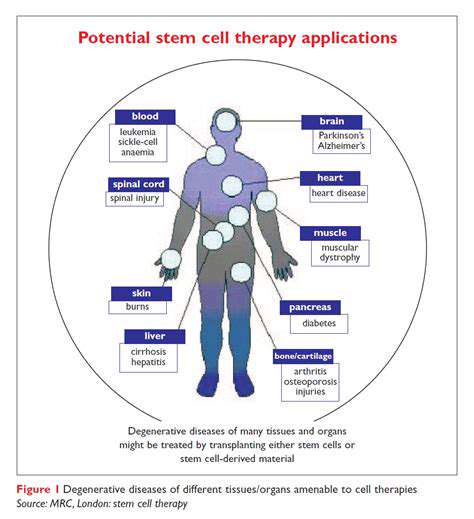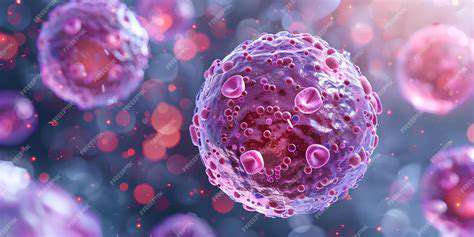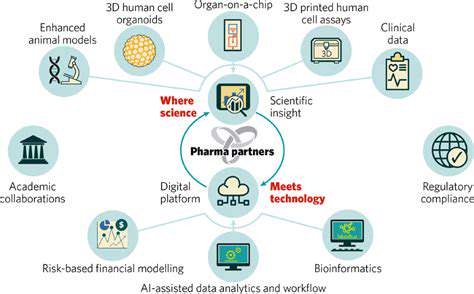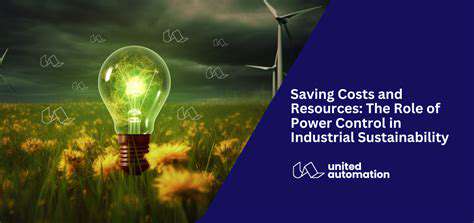
Bioremediation: Cleaning up Pollution and Protecting the Environment
Microbial Strategies for Environmental Cleanup
Bioremediation leverages the power of microorganisms, like bacteria and fungi, to break down pollutants. These tiny organisms possess remarkable metabolic capabilities, enabling them to degrade various organic compounds, including petroleum hydrocarbons, pesticides, and solvents. The process essentially mimics natural decomposition, accelerating the breakdown of contaminants into less harmful substances, such as carbon dioxide and water. This approach offers a sustainable and environmentally friendly alternative to traditional methods, often minimizing the use of harsh chemicals and reducing the risk of secondary pollution.
Different microbial species have evolved to thrive in diverse environments, making them suitable for tackling specific types of pollution. Researchers are constantly discovering and developing new bioremediation strategies tailored to particular pollutants. This includes optimizing environmental conditions, such as temperature, pH, and oxygen levels, to enhance microbial activity and accelerate the degradation process. By understanding the intricacies of microbial metabolism and environmental factors, scientists can manipulate these processes to achieve effective and efficient bioremediation.
Phyto-Remediation: Utilizing Plants for Pollution Control
Phyto-remediation, another powerful bioremediation technique, employs plants to absorb, accumulate, or degrade pollutants in the soil and water. Certain plant species possess remarkable abilities to absorb heavy metals, pesticides, and other contaminants from their surroundings. These plants act as natural filters, effectively removing pollutants from the environment. This approach is particularly effective for contaminated soil and groundwater, offering an aesthetically pleasing and cost-effective alternative to traditional remediation methods. Furthermore, the process can be tailored to specific plant species and environmental conditions.
The process of phyto-remediation typically involves selecting appropriate plant species, cultivating them in the contaminated area, and monitoring the uptake and breakdown of pollutants. The collected plant biomass can then be disposed of or further processed to recover the pollutants. This method has proven successful in restoring contaminated land and water resources, minimizing environmental damage and promoting sustainable development.
Economic Viability and Environmental Benefits
Bioremediation and phytoremediation offer significant economic advantages compared to conventional remediation techniques. These methods often require less capital investment and operational costs, making them potentially more accessible for smaller-scale cleanup projects. The reduced reliance on energy-intensive processes and chemical treatments also contributes to lower operational expenditures, which translates to significant cost savings for both public and private sectors. The reduced environmental impact, including minimal chemical waste generation, is a crucial factor in the overall economic viability of these methods.
Furthermore, these approaches can have considerable positive impacts on human health and the surrounding ecosystem. By reducing pollutant concentrations in the environment, bioremediation and phyto-remediation contribute to a healthier and more sustainable environment. The long-term benefits, including improved water quality, soil fertility, and reduced health risks to local communities, make these methods economically and ecologically sound investments for the future.
The Future of Bioremediation and Challenges
The field of bioremediation is continuously evolving, with ongoing research focusing on enhancing the efficiency and effectiveness of these techniques. Scientists are exploring innovative strategies, such as using genetically modified microorganisms to target specific pollutants more effectively. Developing methods to accelerate the biodegradation process, minimizing the time required for environmental cleanup, is another key area of investigation. This includes optimizing environmental conditions and employing specialized microbial consortia to improve degradation rates.
Despite the promising potential, challenges remain. The effectiveness of bioremediation and phytoremediation can be influenced by factors like the specific type and concentration of pollutants, soil and water conditions, and the presence of other contaminants. Further research is needed to fully understand these complex interactions and develop more robust and tailored remediation strategies. Addressing these challenges will be crucial for realizing the full potential of bioremediation and phytoremediation in achieving sustainable environmental cleanup.

